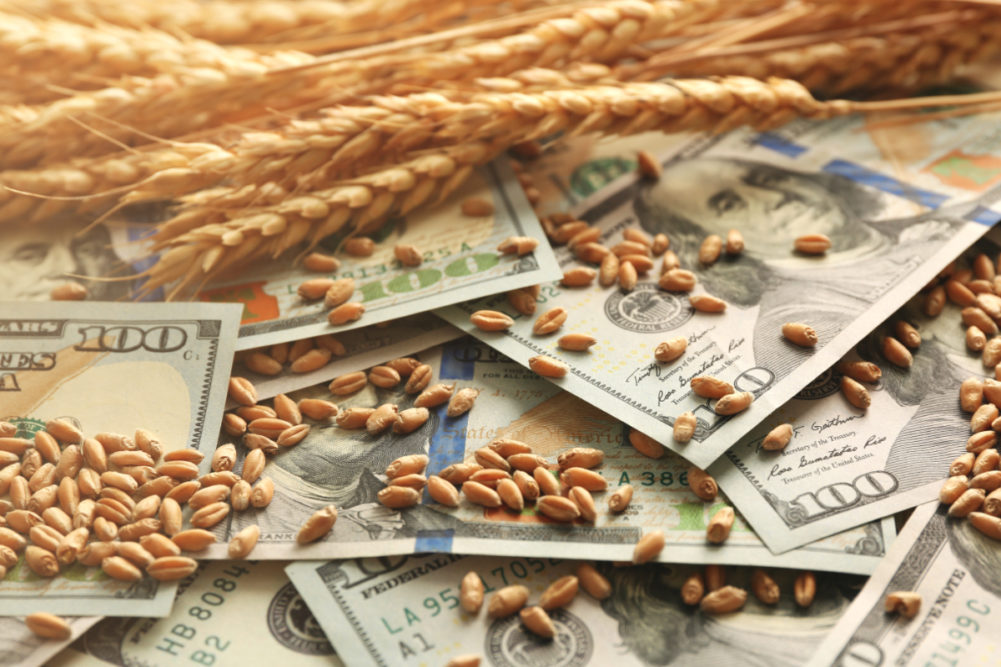ROME, ITALY — The gauge for world food prices reached an all-time high in February, led by vegetable oils and dairy products, according to the Food and Agriculture Organization (FAO) of the United Nations.
The FAO Food Price Index averaged 140.7 points in February, up 3.9% from January and up 20.7% from a year ago. The index tracks monthly changes in the international prices of commonly traded food commodities.
“Concerns over crop conditions and adequate export availabilities explain only a part of the current global food price increases,” said Upali Galketi Aratchilage, an economist at the FAO. “A much bigger push for food price inflation comes from outside food production, particularly the energy, fertilizer and feed sectors. All these factors tend to squeeze profit margins of food producers, discouraging them from investing and expanding production.”
The FAO Food Price Index measures average prices over the month, so the February reading only partly incorporates market effects stemming from the conflict in Ukraine.
Sustained global import demand and reduced exports led a sharp increase in the Vegetable Oils Price Index. Supply factors included reduced export availability of palm oil in Indonesia, lower soybean production prospects in South America and lower sunflower oil exports due to conflict in the Black Sea, the FAO said.
The FAO Cereal Price Index increased 3% from the previous month, led by rising quotations for coarse grains. International corn (maize) prices were up 5.1% because of crop condition concerns in South America, the uncertainty surrounding exports from Ukraine and rising wheat export prices.
Concerns about trade flows from the Black Sea raised world wheat prices by 2.1%, the FAO said.
The FAO also increased its estimates for world wheat and corn production, with wheat reaching 790 million tonnes. Th increase reflects anticipated high yields and extensive planting in North America and Asia, which offsets a likely decrease in the EU and the impact of drought in some North African countries.
The FAO also has updated its forecast for world cereal production in 2021, now pegged at 2.796 billion tonnes, a 0.7% increase from the year before.
The FAO also raised its forecast for world trade in cereals to 484 million tonnes, up 0.9% from the 2020-21 level. This forecast does not assume potential impacts from the conflict in Ukraine. The FAO said it is closely monitoring the developments and will assess those impacts in due course.
Cereal production in the world’s 47 Low-Income Food Deficit Countries (LIFDCs) is expected to decline by 5.2% in the 2021-22 marketing season compared to 2020-21, due to conflicts and extreme weather events, according to the latest Crop Prospects and Food Situation Report, also released by FAO’s Global Information and Early Warning System (GIEWS).






